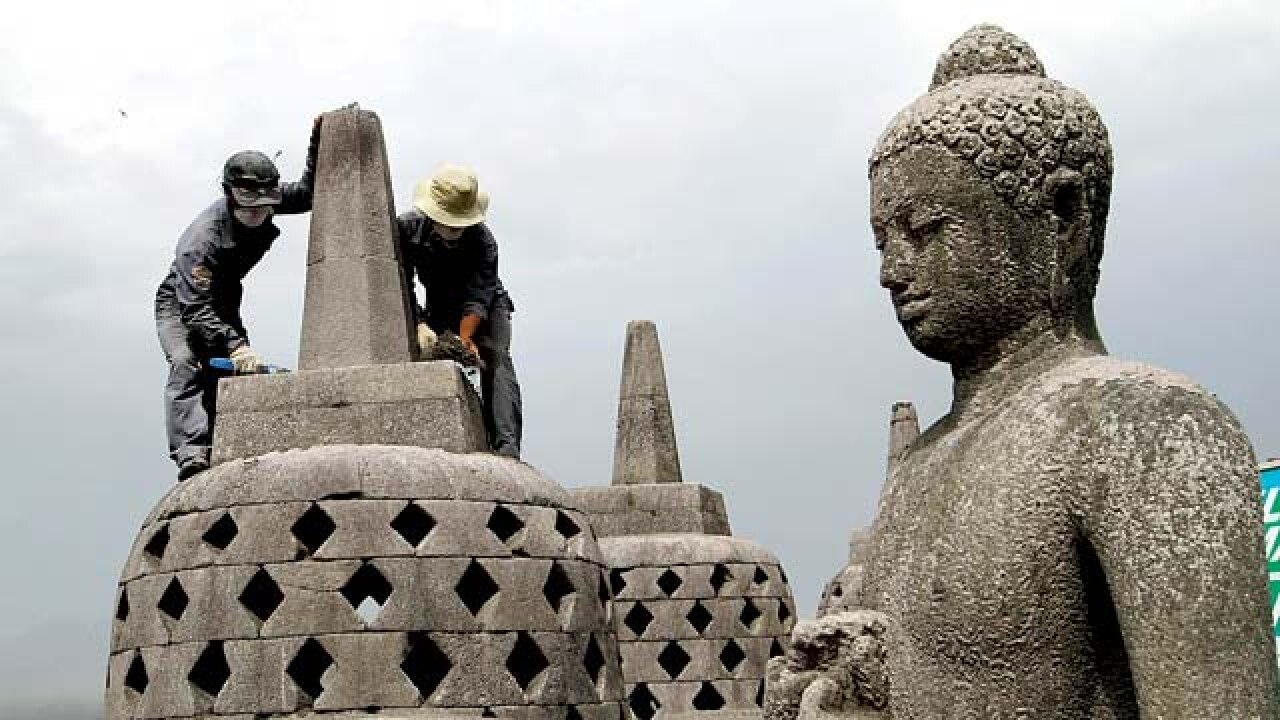
Ever wondered why older folk from South East Asia or China often don’t see India in a good light? Besides the racism and competition in immigrant spaces, there is the dark legacy of the Raj. Maybe you have noticed that quite a few Chinese movies, including iconic specimens such as Fist of Fury, Fearless and One-Armed Boxer show Indians as either an enemy or as a lackey of the ‘White Devil’. Hey, even Tintin and the Blue Lotus had such portrayals! To a degree this feeling is justified because Indians were used to pacify, police or outright conquer other people. Tomes have been written on Indians in the service of the Raj — usually ‘in the cause of freedom’— but not so much about less palatable instances such as deployment in Indonesia following the end of World War-II. This was the last time Indians were used as the Raj’s muscle against another nation— to secure Cold War interests and those of the Dutch Empire. This was when the Indian National Movement was culminating and the bravery of the INA and the British Indian Army had captured public imagination. Indians did not know much about this deployment when this happened — and the ignorance largely continues to this day — but many Indonesians do.
The atomic bomb ended Japan’s game in South East Asia, but not the Allies’ or the Dutch Empire’s interests in that region. Large armies and militias remained; some armed by the Allies to fight the Japanese, some armed by the Japanese to fight the Allies, and some arming themselves to fight both camps. Thousands of Japanese troops also remained in control over large areas. The Japanese occupation, after defeating the Dutch and the British in 1941, had co-opted Indonesian Republican leaders like Sukarno by dangling the Freedom carrot. The price Indonesians paid was terrible but the vast majority endured it because of a nationalist awakening since the ‘30s.
The Republicans soon understood that the Japanese were not exactly the friends they claimed to be. The religious right went underground and fought everyone to establish their hegemony. The Dutch and their ethnic/religious minority allies and the Communist resistance ran their own wars.
The declaration of Independence by Sukarno in August followed the Japanese surrender. The Allies goaded by the Dutch did not accept this and charged the British to aid the return of the Dutch. Dutch support was imperative given Cold War calculations and the looming Communist challenge in other parts of South East Asia. The British were less than enthusiastic to step into the crossfire but in a short while deployed a huge force. This force included three Indian divisions with Gurkha, Rajput, Sikh, Maratha and Punjabi Muslim battalions. To cut a long story short, the ‘engagement widened in scope and depth’ and much Indonesian blood was spilled at Indian hands.
This included large urban conflicts like the Battle of Surabaya to small-scale rural skirmishes. On the other hand, a few hundred Indian soldiers defected to the Republican or militant islamist ranks heeding to anti-colonialist Zeitgeist, or the religious calls of the local Ulema. Many soldiers and officers chose not to defect, but secretly aided the Republicans. The fact that Indians witnessed first-hand the barbarities committed by the returning Dutch forces and their local allies also helped in the change of heart.
Japanese garrisons aiding republicans even as other Japanese troops fought Republicans also added to the surreal atmosphere. Indian troops were tired after years of war and were surprised when what was initially believed to be a caretaker mission turned into a full-fledged war. The leaking morale, the widening engagement and the return of the Dutch and their Allies in strength led the British Empire to pull out in November 1946, albeit under the cover of a sham treaty.
The number of Indonesian casualties inflicted by Indians are in the high thousands, most of them occurring in the Battle of Surabaya. India supported the Indonesian cause once we inched closer to freedom (the daring Biju Patnaik rescue of Indonesian leader Sultan Sjahir in July 1947) and supported the development of free Indonesia, now a friendly nation and a major trading partner. However, one must not forget the other aspects of our past.
The author is a student at IIM Ahmedabad and has previously worked in Indonesia.